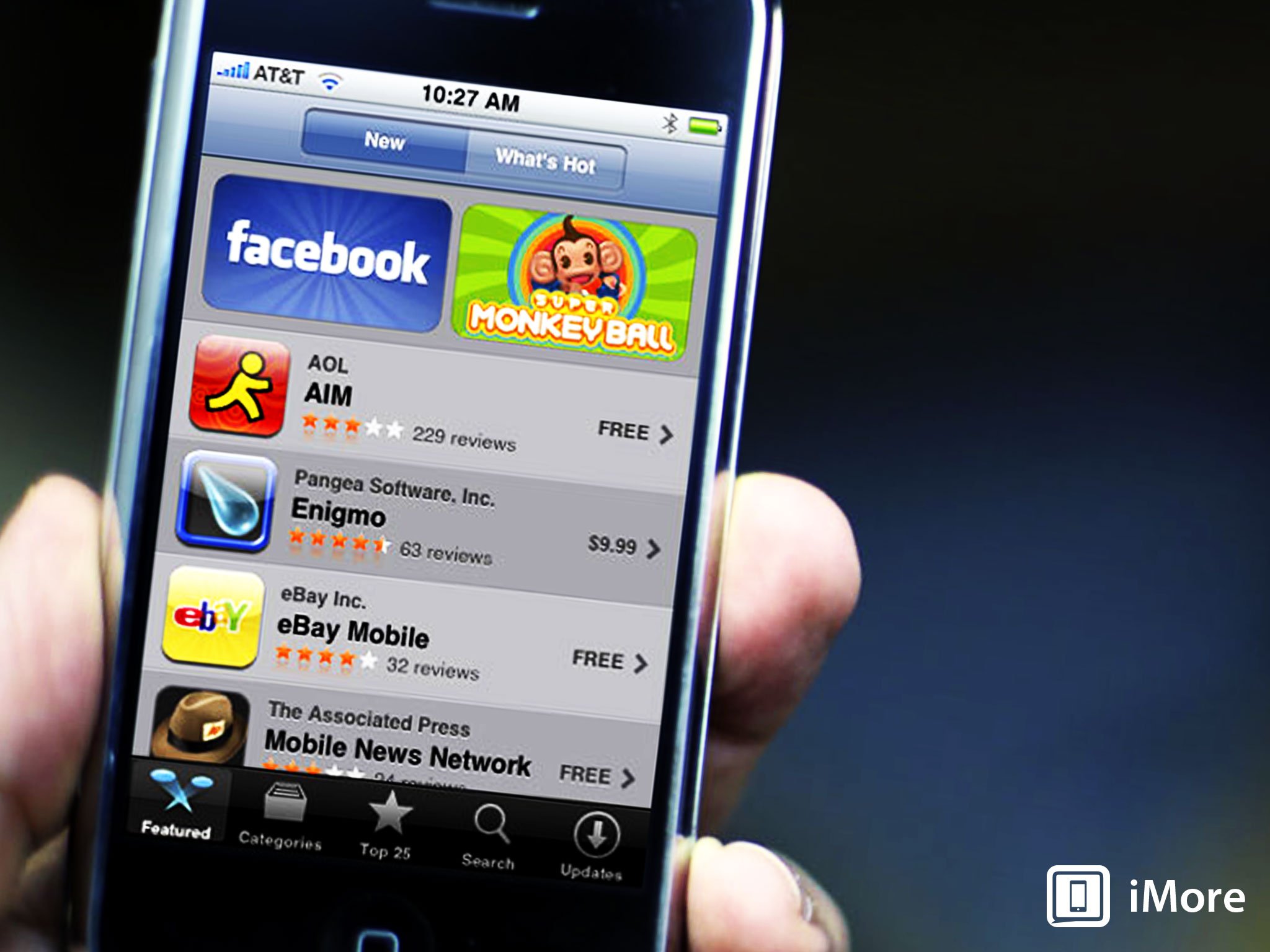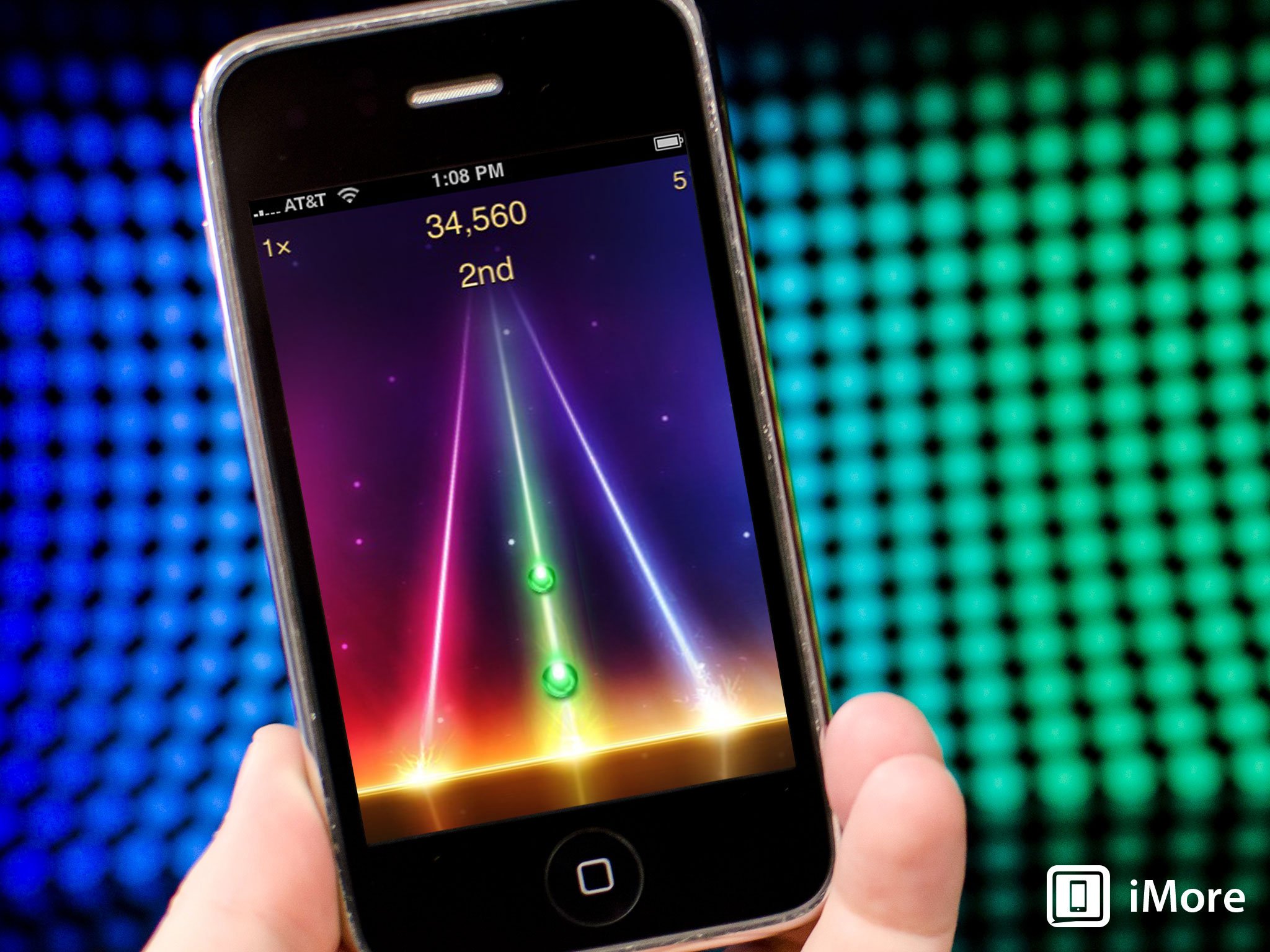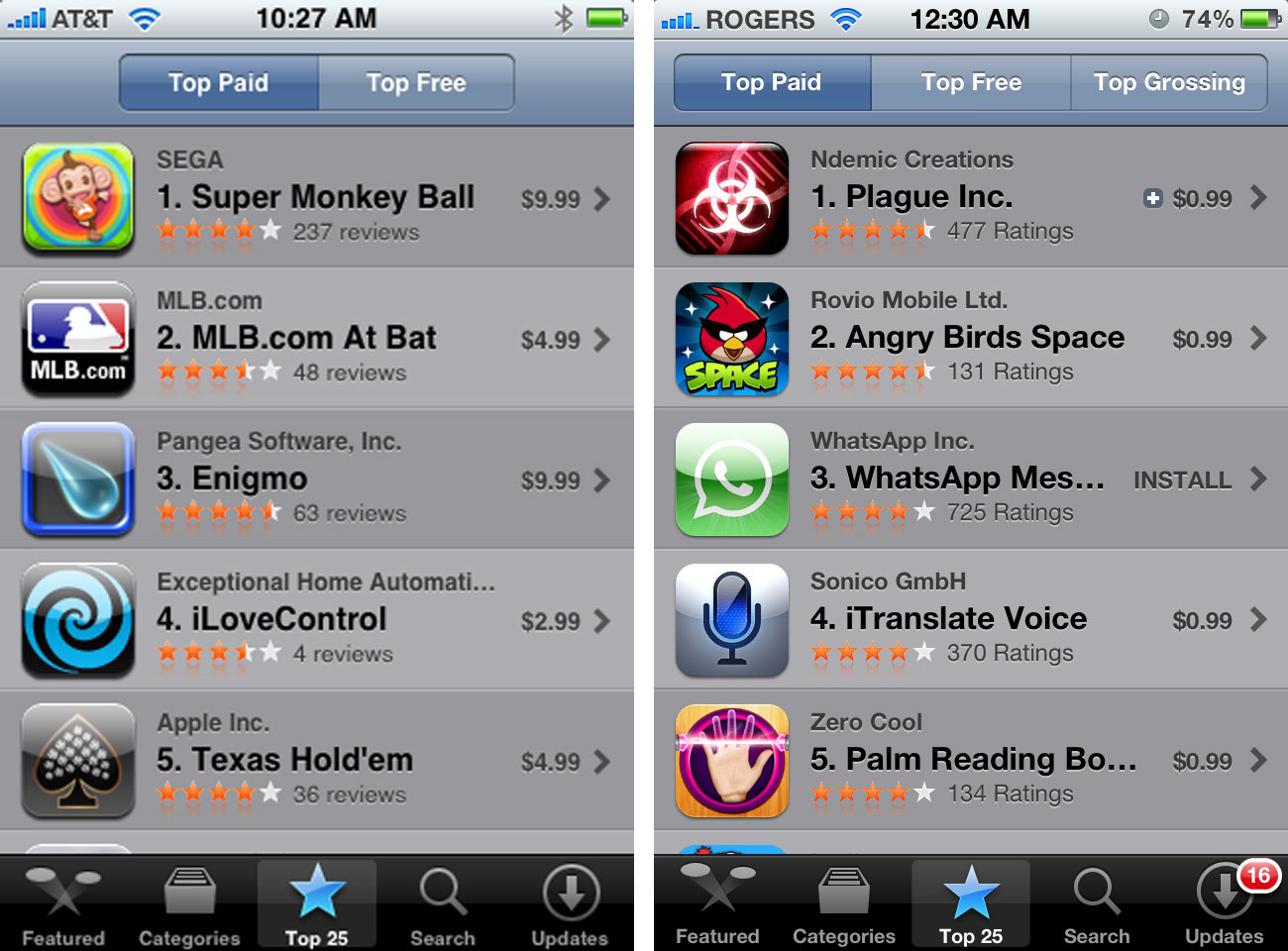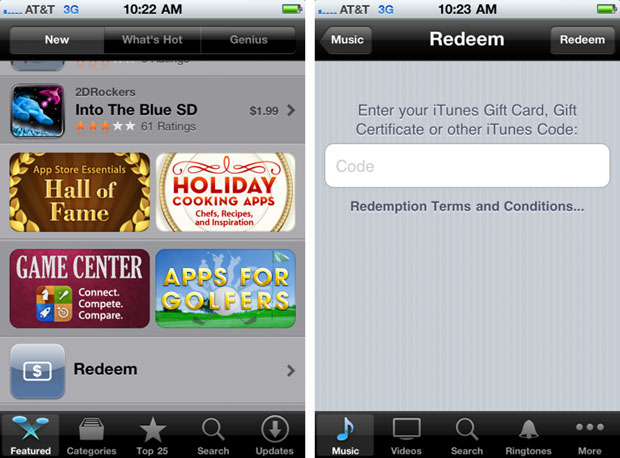App Store Year One: Shocking successes, game-changers, and unpredictable pain

Apple introduced the App Store on July 10, 2008, five years ago this week. Over the course of the next few days we're going to take a look back at the origins and development of App Store, and forward towards its potential future. That future began with launch day. Apple went from no apps to hundreds of them over night. And for the first time ever, every up-to-date device across an entire platform had a centralized, unified place where customers could go to easily, safely buy apps. One tap on one icon on one Home screen, and they were in and buying with one login and one account. Just like the iPhone had made mobile computing mainstream, the App Store now made mobile apps mainstream. The world has never been the same.
The 500... to 50,000

The App Store launched in 62 countries and with 500 apps, which might seem paltry and almost unimaginable by today's standards, but back then it was astounding. Twitterrific was there on the first day, of course, but so was the original Joe Hewitt-developed Facebook app, and Yelp, Shazam!, eBay, and many others that remain in use on iOS devices to this day. 10 million were downloaded in the first weekend, and 100 million in the first 3 months. By April of 2009 that number has hit 1 billion, and by June - not even one year post-launch - the App Store was filled with 50,000 apps.
It's probably fair to say no one expected that level of success, not even Apple. In hindsight, much of it was the result of a confluence of fortuitous events.
Mac developers helped ensure that the first, critical wave of iPhone apps were not only functional, but beautiful, and offered a fantastic user experience.
iTunes meant Apple already knew how to sell, transact, and deliver digital goods at an international scale beyond anyone else in the industry at the time. Not only that, but because iOS came from OS X, it was almost immediately attractive and accessible to existing Mac developers, some of the best, brightest, and mort design-concious on the planet. Mac developers helped ensure that the first, critical wave of iPhone apps were not only functional, but beautiful, and offered a fantastic user experience. They set a very high bar of iOS apps going forward.
Apple's investment in technologies like Core Animation and OpenGL, meant to enable a lightning fast, buttery smooth interface, also had the side-effect of making the iPhone an amazing gaming platform as well. That allowed developers to make apps like Prism and Tap Tap Revenge, and attracted existing game companies and titles like Sega's Super Monkey Ball as well.
Positioning the iPhone as a breakthrough internet communicator meant that not only did it handle HTML email well and have terrific browser with Safari, but it allowed social networking to explode on mobile. Developers could make apps with native interfaces and interactions that were fed over HTTP from server-side datastores (what's now called the cloud). That best-of-both-worlds capability enabled the aforementioned Twitterrific and Facebook, Yelp and eBay, and others like Tweetie.
The modern, mobile computing platform was born.
iMore offers spot-on advice and guidance from our team of experts, with decades of Apple device experience to lean on. Learn more with iMore!
Growing pains
The App Store's phenomenal success didn't come without some pain however, for users and developers both.
Back when the App Store launched, third-party apps couldn't run in the background at all, and didn't automatically save their state on exit either. That meant any time an app was launched, it would reload from scratch. That was annoying for an average app, maddening for a game.
The App Store also didn't allow for demos, trials, cross-grades, or discounts of any kind.
The App Store also didn't allow for demos, trials, cross-grades, or discounts of any kind. That meant anyone who wanted an app had to choose between paying full price for it based only on marketing material, often only the App Store listing, or not buying it at all. That made (and continues to make) a bad buying experience for customers, and put incredible downward price pressure on developers.
Some developers responded by making free, "lite" versions of their apps (which meant they had to maintain that extra version), or by racing to the bottom when it came to pricing.
Compounding developers' problems were an early slew of rejections. Beyond the clearly identified restrictions against porn, malware, etc., duplicating functionality (such as making a 3rd party mail client or podcatcher), tethering apps, and all manner of nebulous rejections created uncertainty in the developer community.
Frasier Speirs, among others, expressed his concerns at the time:
Apple's current practice of rejecting certain applications at the final hurdle - submission to the App Store - is disastrous for investor confidence. Developers are investing time and resources in the App Store marketplace and, if developers aren't confident, they won't invest in it. If developers - and serious developers at that - don't invest, what's the point?
In addition to the high quality apps and games that launched in the first year, novelty apps also appeared. The most infamous of which almost instantly became their own cliché - fart apps. It was a running joke that took months if not years to fade.
They were merely one facet of a change that was happening to software in general, however. As apps became mainstream, what it meant to make apps changed. Guy English of Kicking Bear:
The thing is these people don't buy Applications, they download Apps. "Software" is dead, don't bother putting that word on a sell sheet. Have you written "a program" recently? That's nice, find a place in line behind all the other nerds but try not to step on the Coke-bottle glasses they tend to drop. "Oh … you've developed an application … is it something my doctor would know about"? People, lots and lots of people, people who have no idea what software even is, will download Apps like they're snacking on potatoe chips. What's my proof? Well, two million downloads of an App in a week supports that and I'd argue that a total of three billion Apps downloaded backs up my argument too.

Baby steps
Although Apple was often seen as opaque and sometimes callous when it came to the early plights of developers trying to figure out the business end of the App Store, they did begin to roll out changes of their own.
In December of 2008, Apple created Promo Codes. Originally U.S. only, and not available for apps rated 17+, they allowed developers to gift up to 50 copies of each version of their apps to reviewers, for contests, or for other forms of marketing. (Promo code ratings restrictions were dropped in July, 2009, and promo codes gained international availability in December, 2010.)

And it was still just the beginning. In March of 2009 Apple held its iPhone 3.0 event, and not only did they show off new features, they announced over 1000 new and improved API for developers.
- App Store Year Zero: How unsweetened web apps and unsigned code drove the iPhone to an SDK
- App Store Year Two: Pushy new app options, iPads, and the advent of freemium
- App Store Year Three: Mild-mannered multitasking, iAD, and getting Game Center
- App Store Year Four: Subscriptions, iCloud offer fantastic new services... and controversies

Rene Ritchie is one of the most respected Apple analysts in the business, reaching a combined audience of over 40 million readers a month. His YouTube channel, Vector, has over 90 thousand subscribers and 14 million views and his podcasts, including Debug, have been downloaded over 20 million times. He also regularly co-hosts MacBreak Weekly for the TWiT network and co-hosted CES Live! and Talk Mobile. Based in Montreal, Rene is a former director of product marketing, web developer, and graphic designer. He's authored several books and appeared on numerous television and radio segments to discuss Apple and the technology industry. When not working, he likes to cook, grapple, and spend time with his friends and family.
